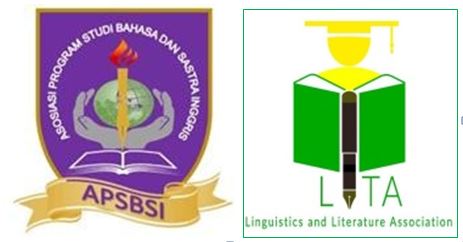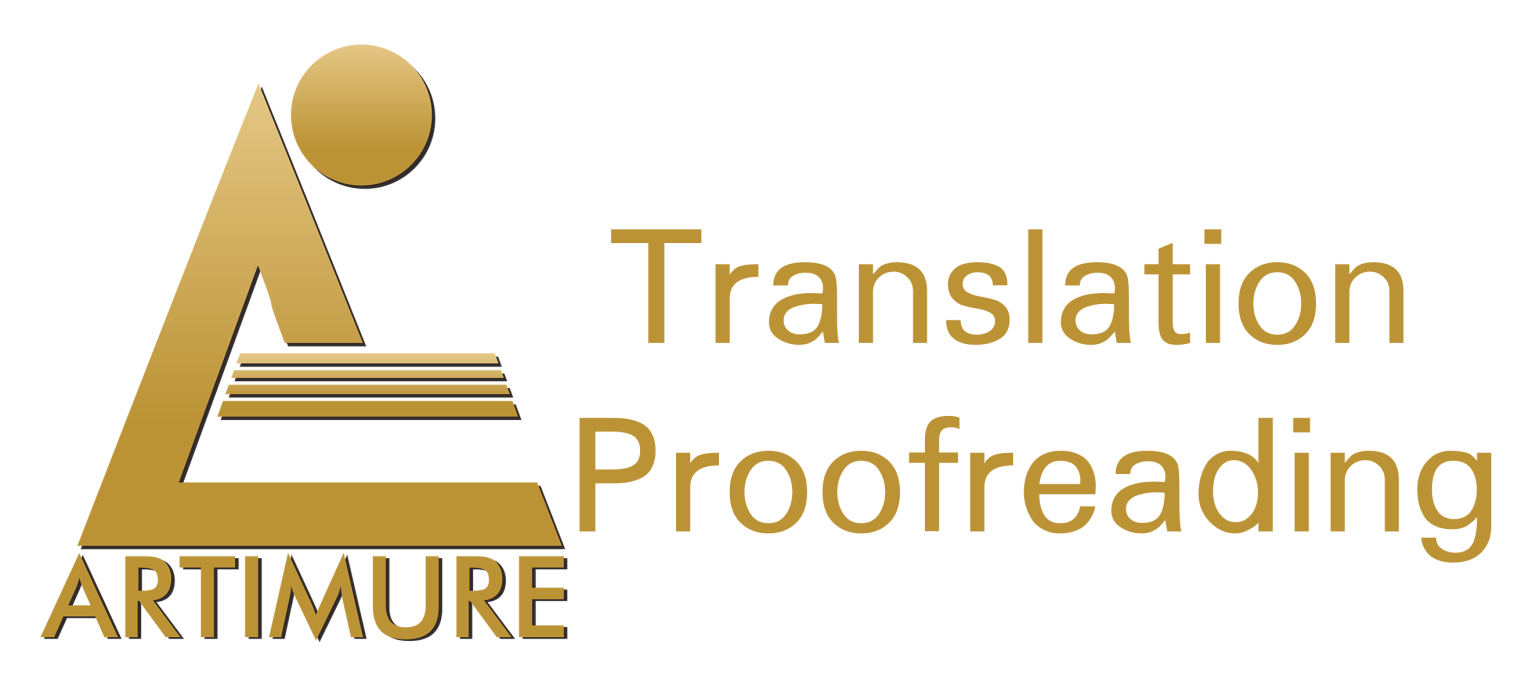Do Vary of English Shows Good For the Children during Stay at Home?: A Library research
DOI:
https://doi.org/10.31849/utamax.v3i2.7133Keywords:
Children's English developmental, English shows, the advantages, the weaknessesAbstract
Children can naturally acquire languages easily and quickly even without formal teaching from teachers. English shows provided the children new knowledges and updates without leaving the comfort of their homes due to lock down. This study was designed to analyse the use of English shows to build the children’s English developmental for learning English as foreign language, including discussion of its advantages and weaknesses. Library research and qualitative method were used to explain the findings. The data collection was documented from 3 working papers, 25 journal articles and 4 renowned books related to the topics. The analysis reveals that the children were able to retell the shows scenes, characters, topics, stories, opinions and they can pronounce English words alike as the natives do. From English shows, the children can learn some positives values and habit from the characters. The weaknesses of this strategy is control means that parents must spare time to accompany their children while watching the shows which may boring and tiring them. The other weakness is cultural shock. The English shows were mostly created by American and European whom have different basic cultures from Indonesian, therefore parents must ready to explain some scenes which are unfamiliar to ours. Lastly, watching English shows from television and YouTube also considered as more expensive instead of learning from classroom since it still need payment, subscription, fast internet connection, gadget and electricity.
References
Anderson, Daniel R. (2012). The Educational Impact of Television: Understanding Television’s Potential and Limitation. Research Gate: Book Chapter. 10.1002/9781444361506.wbiems134.
Canning, C., Wilson. (2000). Practical Aspects of Using Video in Foreign Language Classroom. The Internet TESL Journal. 6(11), 30-36.
Frumuselu AD., De Maeyer S., Donche V., Colon Plana M del MG. (2015). Television Series inside the EFL Classroom: Bridging the Gap between Teaching and Learning Informal Language through Subtitles. Linguistic and Education Journal, 10(01), 02-11.
George, Mary. (2008). The Elements of Library Research: What Every Student Needs to Know. 10.1515/9781400830411.
Hardach, Sophie. (2021). Kapan Usia Terbaik untuk Belajar Bahasa Asing? BBC News Indonesia.
Hanly, Mark et al. (2012). School starting age and child development in a state-wide, population-level cohort of children in their first year of school in New South Wales, Australia. Early Chidlhood Research Quarterly, 48, (03). 325-340
Hariyono, TC. (2020). Teaching Vocabulary to Young Learner Using Video on YouTube at English Course. Language Research in Society (LaRSo) Journal, 1(01), 42-46.
Harmer, J. (2007). The practice of English language teaching. England: Pearson.
Hijmans, Ellen. (1996). The logic of qualitative media content analysis: A typology. Communications. 21. 93-108.
Janah, Karunia. (2021). Reviewing the Use of Television Shows for Learning and Teaching of English Language and Literature: Potentials and Limitations. 4th English Language And Literature International Conference (Ellic), 4 (10), 76-83.
Juhana, J. (2014). Teaching English to Young Learners: Some Points to be Considered. Asian Journal of Education and e-learning, 2(01), 43-46.
Kamelia. (2019). Using Video as Media of Teaching in English Language Classroom: Expressing Congratulation and Hopes. UTAMAX: Journal of Ultimate Research and Trends in Education, 01(01) 34-38.
Kelsen, B. (2009). Teaching EFL to the iGeneration: A survey of using YouTube as supplementary material with college EFL students in Taiwan. Call-EJ Online, 10(2), 1-18.
Kim, Hea-Suk. (2015). Using Authentic Videos to Improve EFL Students' Listening Comprehension. International Journal of Contents, 11(04), 15-24.
Kurniawati, Dewi. (2016). The Use of Video to Enhance the Teaching and Learning Process of Listening English for University Students. English Education: Jurnal Tadris Bahasa Inggris, 9(02), 276-289.
Lutviana, Rizky., & Mafulah, S. (2017). The Use of Video and TPR to Improve Students’ Vocabulary Mastery. EnJourMe: English Journal of Merdeka, 2(02), 89-97.
Manurung, Sulastri., & Pohan, AF. (2019). Students’ Perception on the Implementation of Video Dubbing Project in Teaching Speaking. ANGLO-SAXON: Journal Of The English Language Education Program, 10(02), 288-296.
Mayring, Philipp. (2000). Qualitative Content Analysis. Forum Qualitative Sozialforschung / Forum: Qualitative Social Research [On-line Journal], http://qualitative-research.net/fqs/fqs-e/2-00inhalt-e.htm. 1.
Miščin S, Miščin E. (2018). Using TV Shows in Teaching English. Strani Jez, 4(7), 103–110.
Nicolas-Gavilan, M. T., Ortega-Barba, C. F., & Galbán-Lozano, S. E. (2017). Television series use in teaching and learning professional ethics in communication. Media Watch, 8(1), 44-58.
Onayasa. (2004). Selection and Utilization of Instructional Media for Effective Practice Teaching. Institute Journal of Studies in Education, 2(01), 128-133.
Permatasari, Dewi. (2013). The Use of Video as a Medium to Improve Students Ability in Writing Narrative Texts. ELT Forum: Journal of English Language Teaching, 2(1), 1-11.
Ramadhani, M., Bahri, S., & Silviyanti, M. (2019). Teacher’s Problems in Dealing with Autism Children in Learning Process. READ Research in English and Education Journal, 4(02), 31-35.
Rao, Parupalli. (2019). The Influence of Television Shows and Movies on Learning English in English Language Classrooms. Research Journal Of English (RJOE), 04(02).
Richards, J., W. Renandya. (2002). Methodology in Language Teaching. New York. Cambridge University Press.
Syafrizal, Haerudin. (2018). The Implementation Of Vocabulary Building Strategy In Teaching English Vocabulary To Young Learners. Journal of English Language Teaching, 5(1), 40-46.
Silviyanti, TM. (2014). Looking into EfFL Students’ Perceptions in Listening by Using English Movie Videos on Youtube. SIELE: Studies in English Language and Education, 01(01), 42-58.
Tanasy, N. (2017). Using Noddy Cartoon to Improve the Writing Skill of the First Year Students of SMK Terpadu Mega Rezky Makassar. Ethical Lingua: Journal of Language Teaching and Literature, 04(02), 109-119.
Tanasy, N. (2019). Improving the Vocabulary Mastery through Word-Connection Game. ETERNAL: English, Teaching, Learning, and Research Journal, 05(02), 318-335.
Webb, S. (2011). Selecting Television Programs for Language Learning: Investigating Television Programs from the Same Genre. International Journal of English Studies, 11(01), 117-135.
Winke P, Gass S, Sydorenko T. (2010). The effects of Captioning Videos Used for Foreign Language Listening Activities. Journal of Language and Learning Technology, 02(14), 65-86.
Wu, Yi-Chi, et al. (2020). The Outbreak of Covid 19: An Overview. Journal of the Chinese Medical Association, 83 (03).










